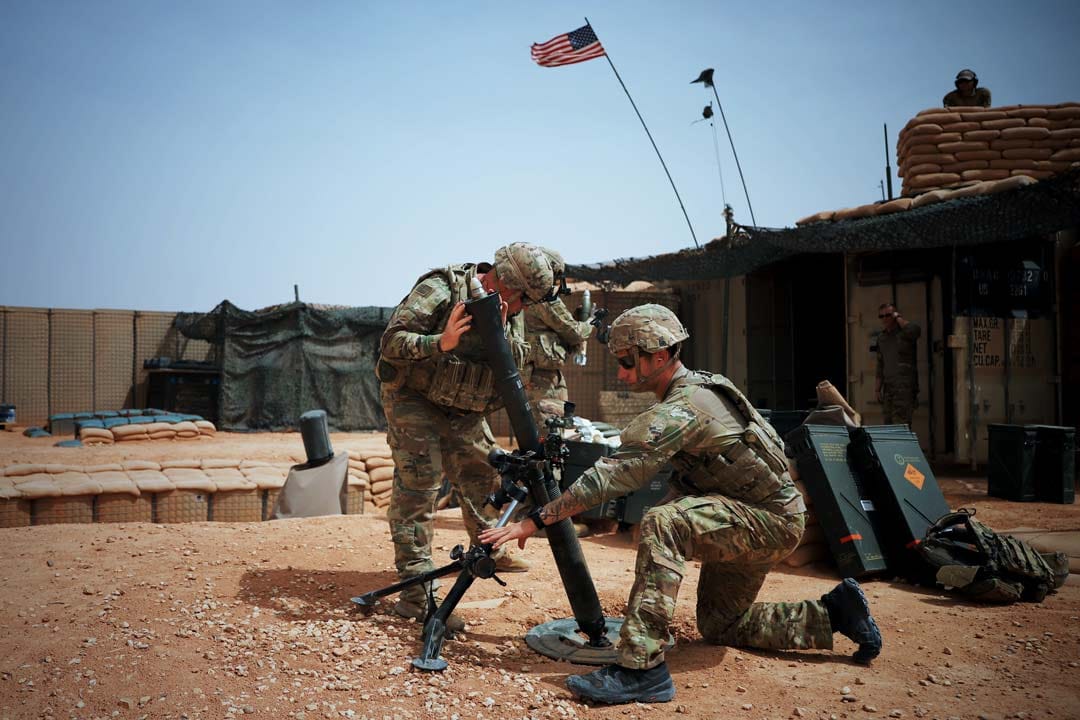In response to escalating threats from Iranian-backed proxies, US strikes in Middle East across Iraq, Syria, and Yemen, targeting over 100 sites associated with militant groups.

US Strikes in Middle East: Escalating Military Response to Regional Threats (Photo from: Crisis Group)
Escalation of US Strikes in Middle East
In reaction to Iranian-backed proxies, the US military launched targeted attacks in Iraq, Syria, and Yemen amid rising Middle East tensions. Over 100 strikes substantially escalated the region’s precarious security scene.
In the first wave of strikes, which commenced late Friday, the US military targeted more than 85 sites in Iraq and Syria, focusing on dismantling the infrastructure of Iranian-supported militia groups. The strikes aimed to degrade the capabilities of these groups to target American forces and installations in the region effectively.
Furthermore, the strikes in Yemen, targeting Houthi rebels, underscore the broader efforts to safeguard maritime security and counter threats posed by regional militant groups. By hitting 36 targets across 13 locations in Yemen, the US aims to disrupt Houthi operations aimed at international shipping and US naval assets in critical waterways.
READ ALSO: U.S. Air Strikes: Retired Military General Officer’s Analysis And Concerns
Challenges and Criticisms
US strikes in Middle East have sparked domestic and international debate and outrage. Others worry about escalation and the lack of a comprehensive crisis resolution strategy, while others feel the strikes are necessary to deter US enemies.
Iranian authorities have condemned the strikes and warned of retaliation, which could escalate US-Iran relations. Military actions in the region are escalating, raising fears about diplomatic solutions and Middle East destabilization.
US strikes in the Middle East are rising due to complex security issues. Deescalation and diplomatic solutions are essential for long-term peace and security as tensions rise.
READ ALSO: US Navy Firepower: Power Plays And Partnerships In The Western Pacific























